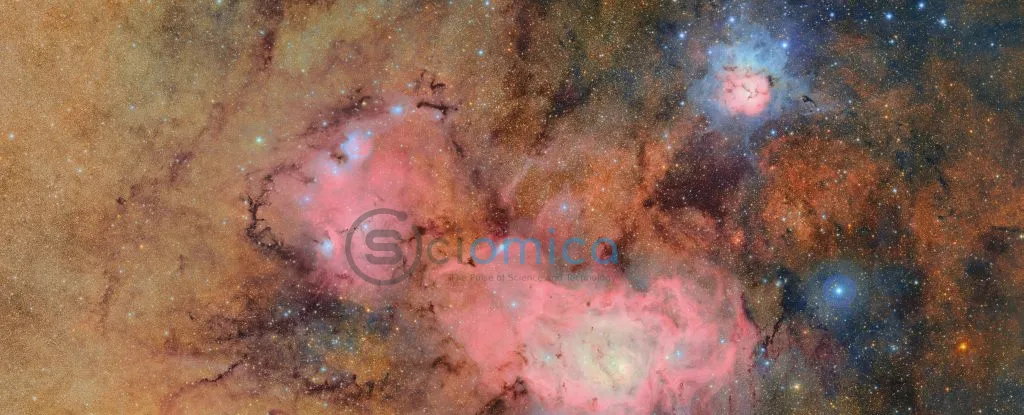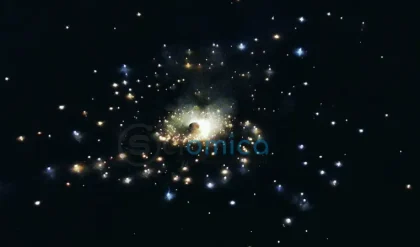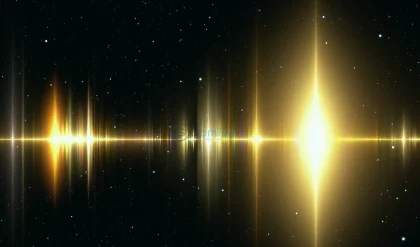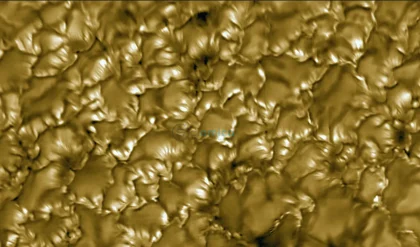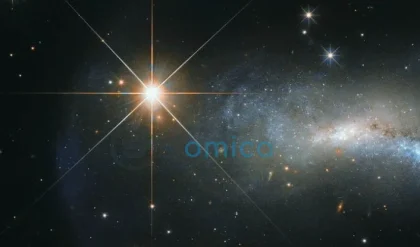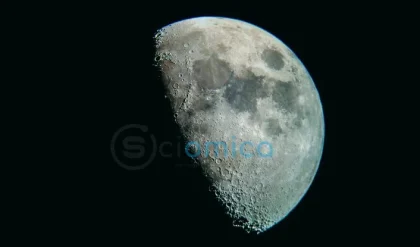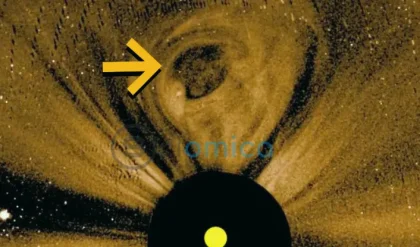Excitement is building within the scientific community as the Vera C. Rubin Observatory prepares to unveil the first major images captured by its groundbreaking telescope. Teaser images recently released offer a tantalizing glimpse into the marvels that lie ahead, showcasing the observatory’s capabilities to capture millions of galaxies and numerous asteroids in just 10 hours of observation.
This state-of-the-art observatory is set to engage in a decade-long survey of the southern sky, known as the Legacy Survey of Space and Time (LSST). The survey will utilize near-ultraviolet, optical, and near-infrared wavelengths to compile an extensive timelapse of the Universe by imaging the entire sky every few days.
The observatory is equipped with a 3,200-megapixel camera, the largest ever built, which will record each section of the sky approximately 800 times, providing a detailed exploration of celestial phenomena.
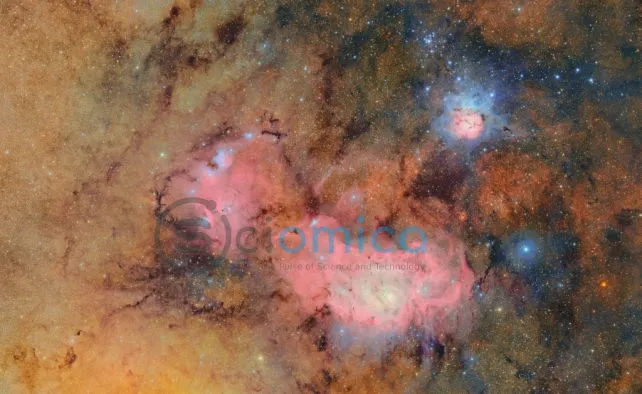
The first image released showcases the Trifid and Lagoon nebulas within the Milky Way galaxy—regions where new stars are being formed a few thousand light-years from our Solar System. These beautiful nebulas serve as vital sources of information about star formation and growth. The image itself is a stunning composite, created from 678 individual observations made over a span of seven hours.
The complete collection of images is set to be released on June 23, 2025, at 15:00 UTC (11:00 EDT). This unveiling will be marked by a special event hosted by the US National Science Foundation (NSF) and the Department of Energy (DOE). For those interested in joining the anticipation, live watch parties will occur globally, and the entire reveal will be livestreamed on platforms like YouTube.
“The NSF-DOE Rubin Observatory will capture more information about our Universe than all optical telescopes throughout history combined,” stated Brian Stone, the acting director of the NSF. “Through this remarkable scientific facility, we will delve into numerous cosmic mysteries, including the enigmatic dark matter and dark energy that fill our Universe.”
This exciting initiative not only marks a leap in astronomical observation but also opens new corridors for research into the fundamental components of our Universe. The impending large-scale survey promises to enrich our understanding of celestial mechanics and the underlying physics governing cosmic evolution.

